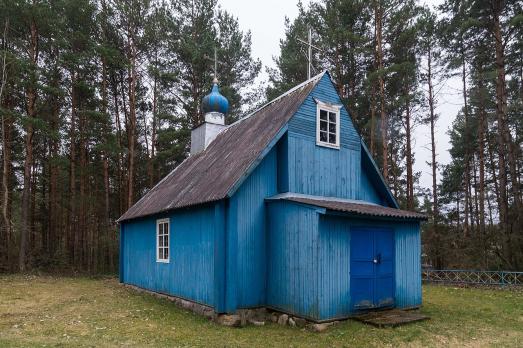
Church of St. Nicholas
Sudniki, BY
The Orthodox Church of St. Nicholas was built in wood from 1980 to 1982. The previous wooden church was dismantled in the 1960s. The modern building is a short distance from the old foundation.
Here you can search for a building to visit. You can use the map find destinations, or you can use the filters to search for a building based upon what different criteria.

Sudniki, BY
The Orthodox Church of St. Nicholas was built in wood from 1980 to 1982. The previous wooden church was dismantled in the 1960s. The modern building is a short distance from the old foundation.
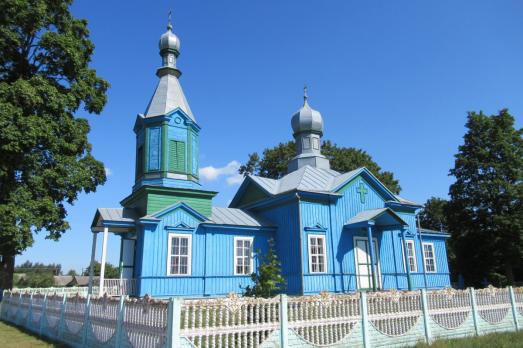
Verkholes'e, BY
The Orthodox Church of St. Nicholas was built in 1882-1888 on the site of an old wooden church that burned down on April 3, 1881. The architect of the church was Piotr Zalatarou. On 9 August 2020 a fire broke out in the church and the dome was damaged.
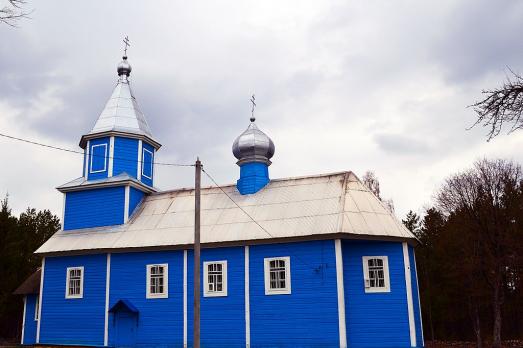
Vezhnoe, BY
The Orthodox Church of St. Nicholas was built of wood in 1799 and rebuilt in 1864. Above the main facade, in 1868, a bell tower was added to the roof.
Vrlika, HR
The Serbian Orthodox Church of Saint Nicholas was built in 1618. A bell tower was added in 1801. The church has been a target during the world wars and the Yugoslav Civil War. The building was also gravely damaged in 1972 after Croatian nationalists set fire to it during the Croatian Spring crisis. The building was restored two years later, but Croatian nationalists planted several explosives around the church between 1990 and 1991, which damaged the building again. From 2015 onwards, the church underwent several renovations: new doors, new windows, and a metal staircase to the bell tower were added. The facade has also been restored. The Serbian Orthodox community celebrated the 400th anniversary of the church in 2018.
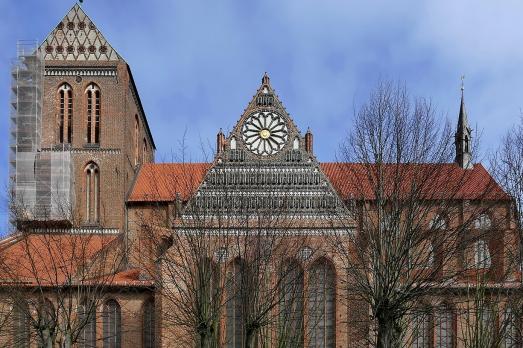
Wismar, DE
The church of St. Nicholas, founded in the 14th century, is the only one of the city's three large parish churches that survived World War II. Its central nave, 37 metres high, is the second highest Gothic brick church in the world after the Lübeck Marienkirche.
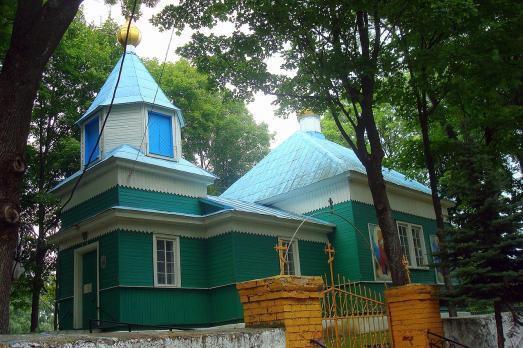
Zabor'e, BY
The Orthodox Church of St. Nicholas was built in 1914. The church consists of a three-tiered bell tower, a low nave, a square prayer hall and a pentagonal apse with a sacristy.
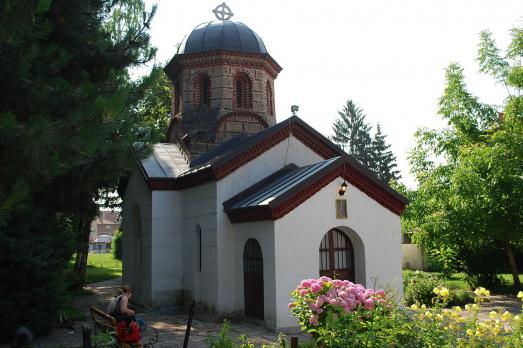
Struga, MK
The church of St. Nikola Drimeni is a small church completed in 1983. During the construction of the church, the foundations of the old church were discovered, but no data on its shape has been preserved. It is assumed that the first church of St. Nikola Drimeni was built in the former Struga, which is a 15-minute walk southwest of the lake.
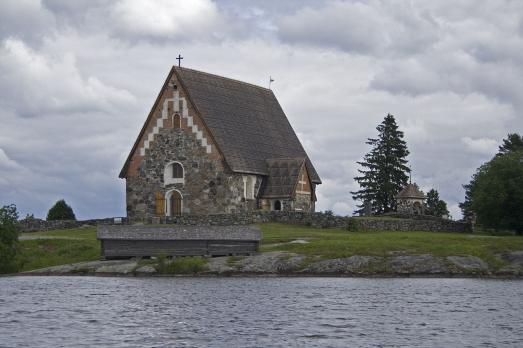
Sastamala, FI
The church of St. Olaf is a late medieval greystone church built between 1506 and 1516. The church burned down at the beginning of the 17th century, destroying the entire original interior. The church was in use until the middle of the 19th century, but when the church in Tyrvää was completed in 1855, it was abandoned. Repaired all over from the 20th century until the 1990s, a theft in 1997 damaged much of the interior woodwork. The church was rebuilt between 1997 and 2003. The artists Osmo Rauhala and Kuutti Lavonen painted the new interior.
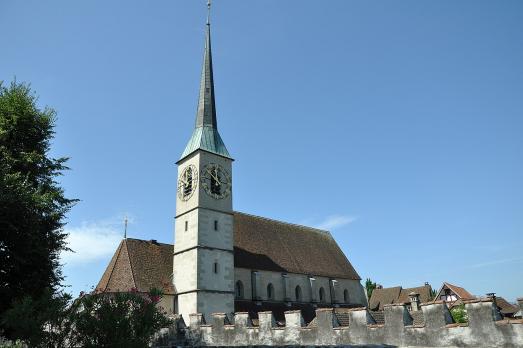
Zug, CH
The church of St. Oswald was built in the course of the expansion of the city from 1477. The former master-builder of Lucerne and Zurich, Hans Felder, was commissioned to build it. In 1478, construction began on a hall church, which was extended to a three-nave basilica as early as 1492. The extension was completed in 1545. The spire was built in 1558. In 1719, the baroque sacristy was built at the side of the choir.
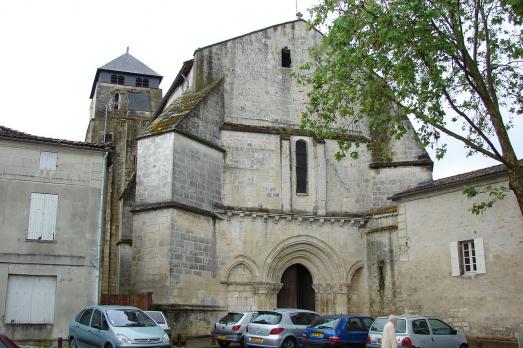
Saintes, FR
The church of St. Pallais dates from the 12th century and houses the tomb of the mystic Marie-Eustelle Harpain (1814-1842), nicknamed the Angel of the Eucharist. The vaults were rebuilt in the Gothic style in the 13th century, the choir and transept were also rebuilt in the 13th century. The chevet wall was pierced in the 15th century by a bay with a flamboyant filling. The square in front of the church housed a cemetery until the 18th century.

new
Bodø has evolved from a picturesque fishing village to a bustling cultural epicentre in the northeastern Norwegian county of Nordland. Here is a list of the top churches to visit in Bodø, the only European Capital of Culture above the Arctic Circle.

The small Austrian spa town of Bad Ischl is known for its beautiful nature and peaceful atmosphere. Emperor Franz Joseph I of Habsburg, described it as an "earthly paradise". Here is a list of religious heritage sites you should visit.
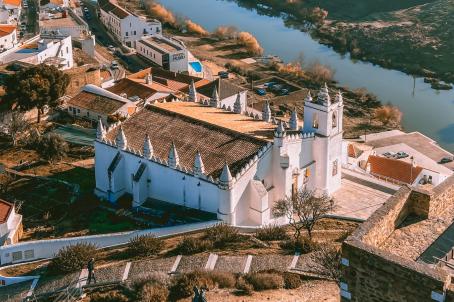
History is full of examples of temples converted to serve another religion. Here are 4 Christian places of worship that were important mosques in the past. Did you know them all?